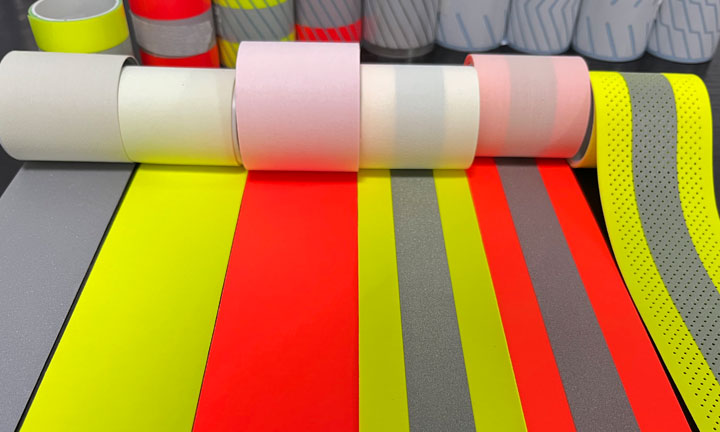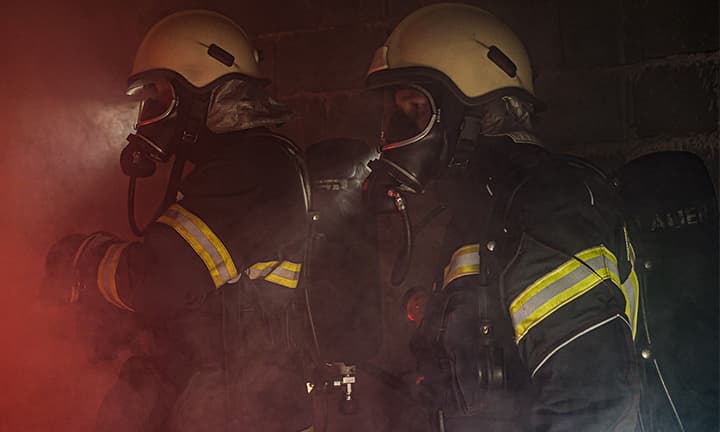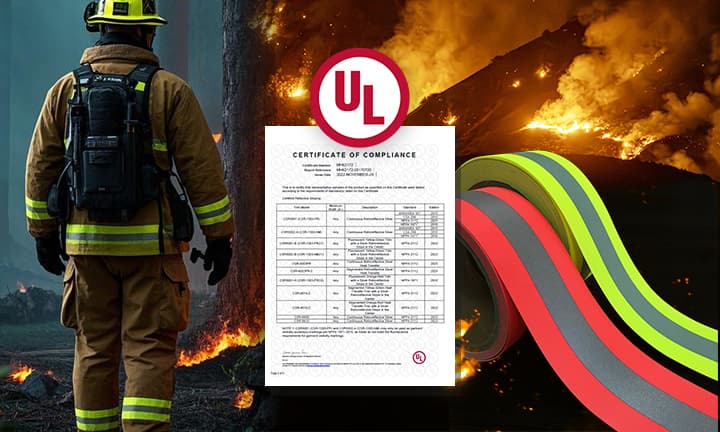How to place the emergency triangles
The highway code includes several parameters that once we have passed the driving tests, we have proven that we can continue. Thus, when we are traveling on any type of road, we are obliged to follow this code at all times to guarantee smooth and safe traffic which minimizes the risk of accidents or unforeseen situations.
Some of the key things when parking our vehicle on the shoulder of a side road, highway or highway - something that can only be done if there has been a breakdown or situation which prevents us from continuing the march - They are the ones who warn us of our presence with enough advance so that the other pilots adjust their speed and their attention to the circumstances of the road:
Reflective vest and emergency triangle
Before leaving the car and placing the emergency triangles, the vehicle should be parked in an area as safe and visible as possible, preferably looking for an area outside the roadway or the widest part shoulder to generate a greater safety distance with vehicles that continue to travel on the road.
Place the triangle too close to the car and do not wear a reflective vest - two mistakes that can be fatal.
Especially if it's at night, you need to turn on the hazard lights or “warnings” to make sure that we are visible and that the vehicle stands out from the rest of the landscape from a distance. Then you need to put on the reflective vest, a mandatory item that must be in the passenger compartment of the car, not in the trunk, so you can wear it before going out. In this way, we make sure to be seen at all times.
Park in a safe place Switch on the emergency lights Put on the reflective vest Position the emergency triangles according to the circumstances.
Finally, get out of the car and place the emergency warning triangles to be as visible as possible to other drivers. The way to do it will vary depending on the circumstances and characteristics of the road.
How to position the emergency triangles according to the road
To position our vehicle correctly, the first thing to consider is the type of road we are on because traffic can reach our stopping point in one or two directions.
How to place the triangle on the highway or highway
If we were forced to park on the shoulder of a motorway or a freeway, we will only have to place an emergency triangle behind our vehicle. The correct way to do this is to walk outside the road 50 meters backward (As an approximation, we can take 50 steps a little wider than normal).
Get out of the vehicle with the reflective vest Walk outside 50 meters behind Place the triangle perpendicular to the road
At this point, the triangle should be placed 50 meters from the vehicle in a manner perpendicular to the longitudinal axis of the track, forming a 90-degree angle with the lines of the road to ensure that the reflection of the lights and the vision of the triangle by the conductors are total.
The change in slope prevents visibility, so you must place the triangle in front of it.
How to place the triangle on a side road
If, on the other hand, we have stopped on a secondary road where vehicles are coming from both sides, we must signal both in front and behind. For this, an emergency triangle must be placed 50 meters behind the vehicle, but also 50 meters in front.
Get out of the vehicle with a reflective vest Walk outside the track 50 meters behind Place the triangle perpendicular to the track Return to the vehicle and take the second triangle Walk outside the track 50 meters forward Place the second triangle perpendicular at the track
As in the case of highways or motorways, make sure to place these triangles perpendicular to the lines of the road and it is practical Start with the one that we will place behind us, because it will be the vehicles that will travel in our direction that will pass closest and, therefore, those who will have to see us first to adapt their speed to the situation.
Where not to place the emergency triangle?
When it comes to reporting our stopped vehicle using emergency triangles, there are specific mistakes that we cannot make or we will put ourselves in danger:
It is not visible: if we placed it at 50 meters, but it is not visible at 100 meters before, drivers will not have time to react. The important thing is that it is visible sufficiently in advance. Let it be too close: if we place the triangle within 50 meters of the signaling car, a distracted driver will take time to react and could trigger an accident. On the roof: by mistake, we may think that placing it on the ceiling will be prettier because it is higher. This is not the case and, especially in town, it can lead to someone standing behind and unable to go out in the left lane. Covered by an obstacle: if the emergency triangle is placed 50 meters from the stopped vehicle, an obstacle covers it, it must be corrected and placed in front of the said object (signal, radar, mast, gantry, etc. ) so that it is perfectly visible at least 100 meters away. Change of grade: if we stopped at one, we must place the triangle in front of it, even if this point is greater than 50 meters In a curve: if we stopped as soon as we exit a curve, we must place the warning triangle in front of him.




